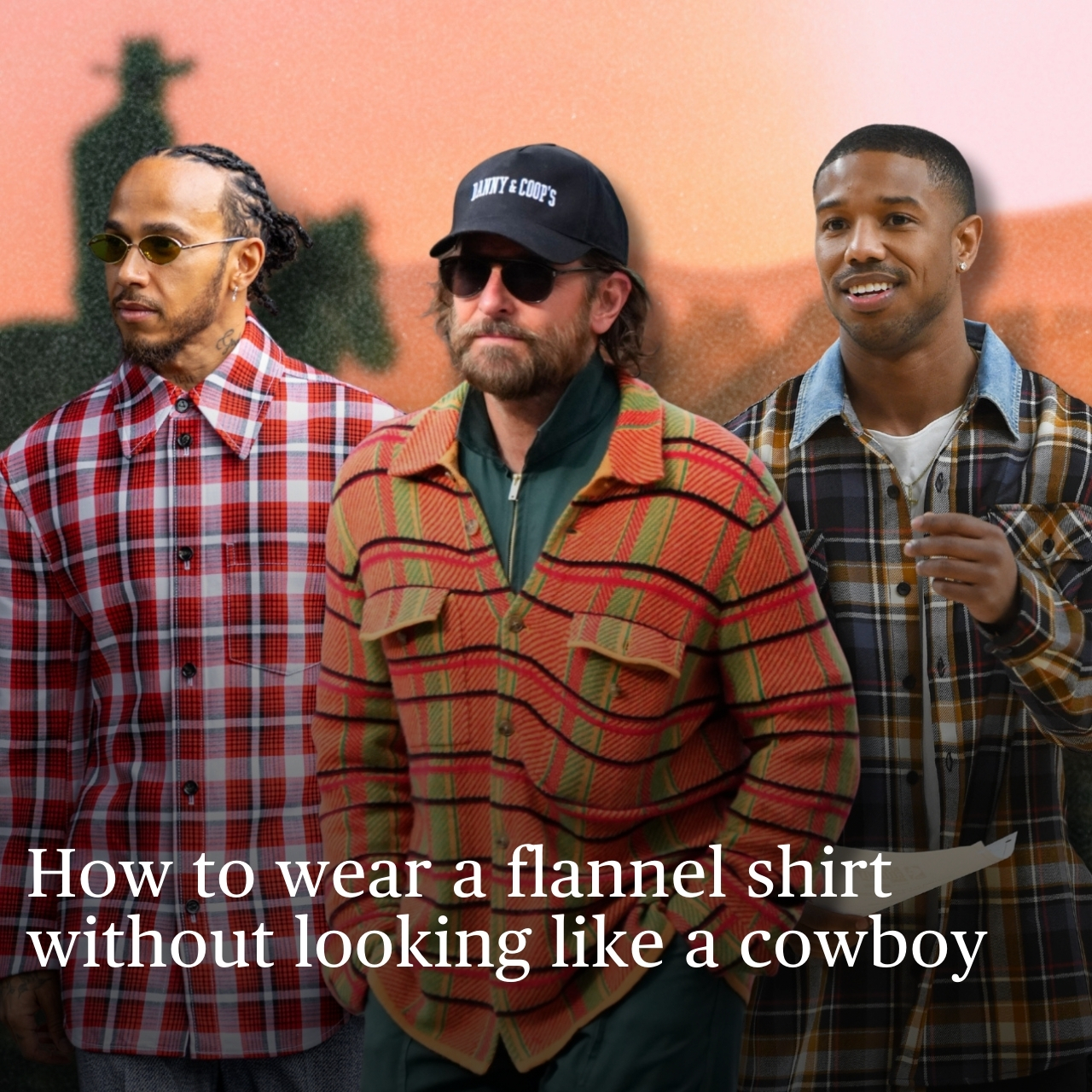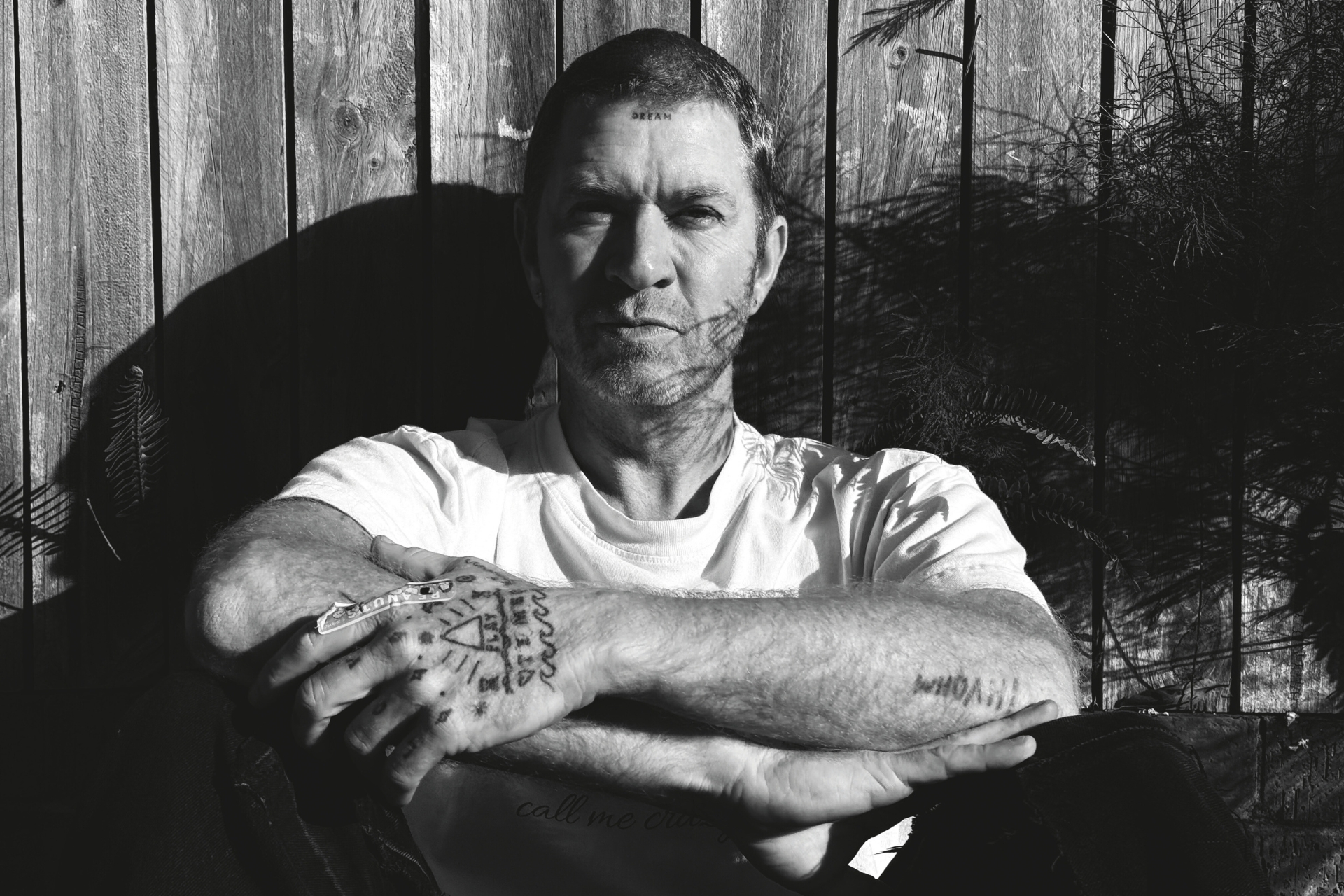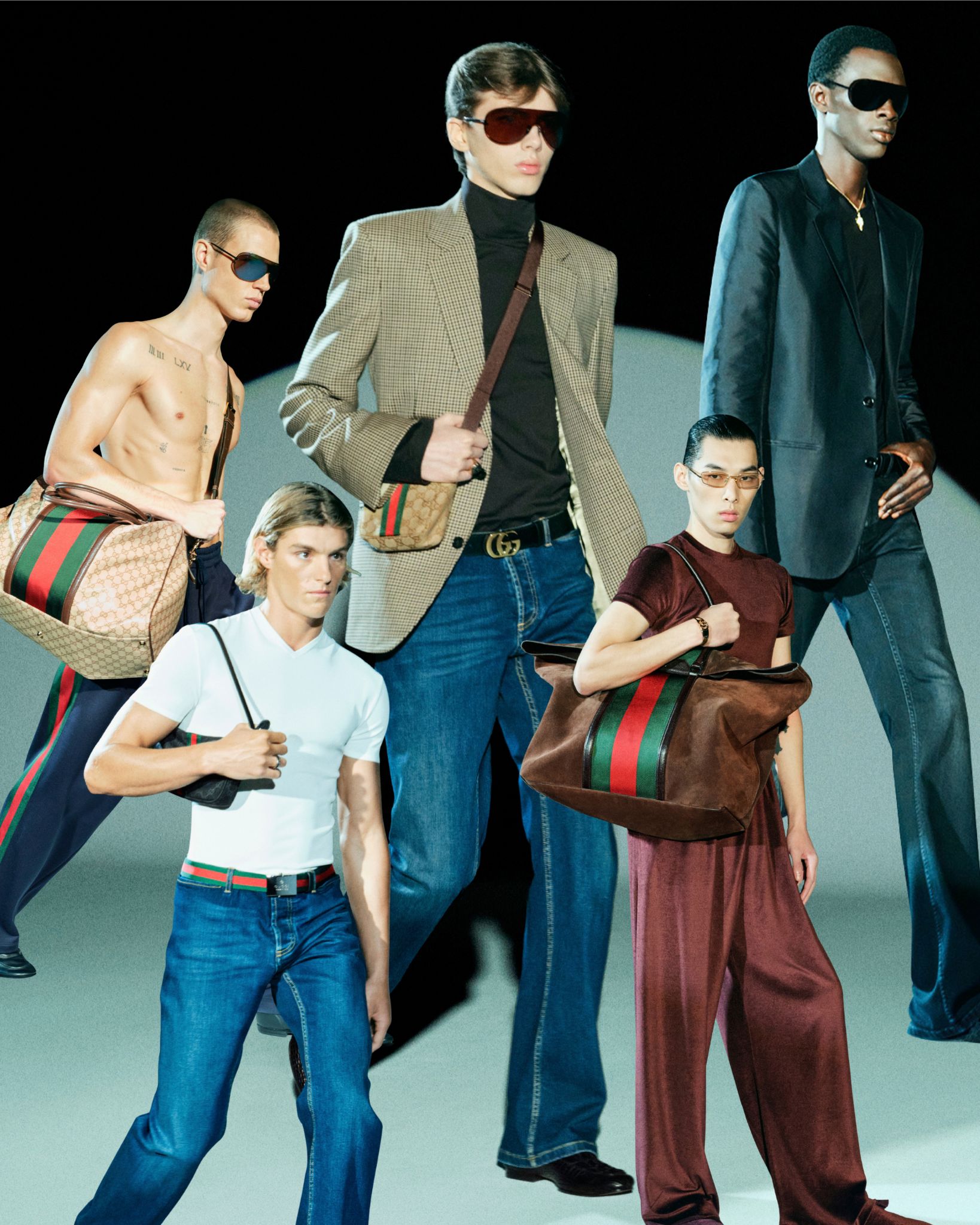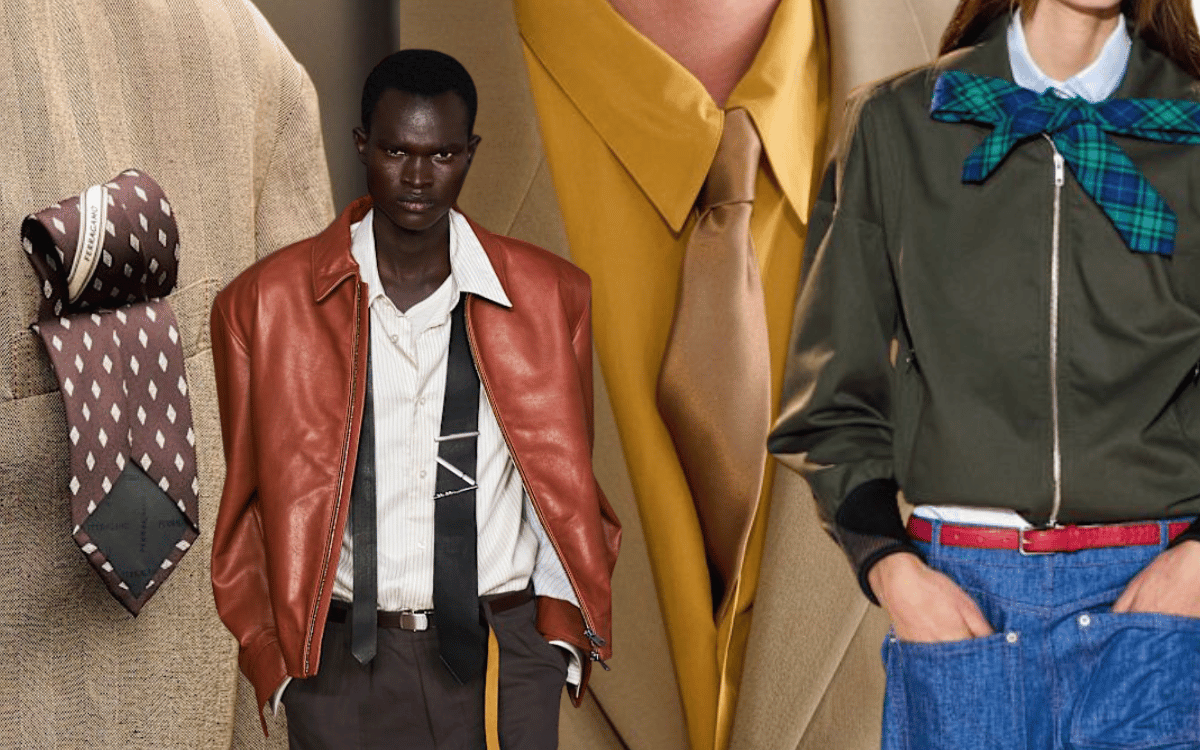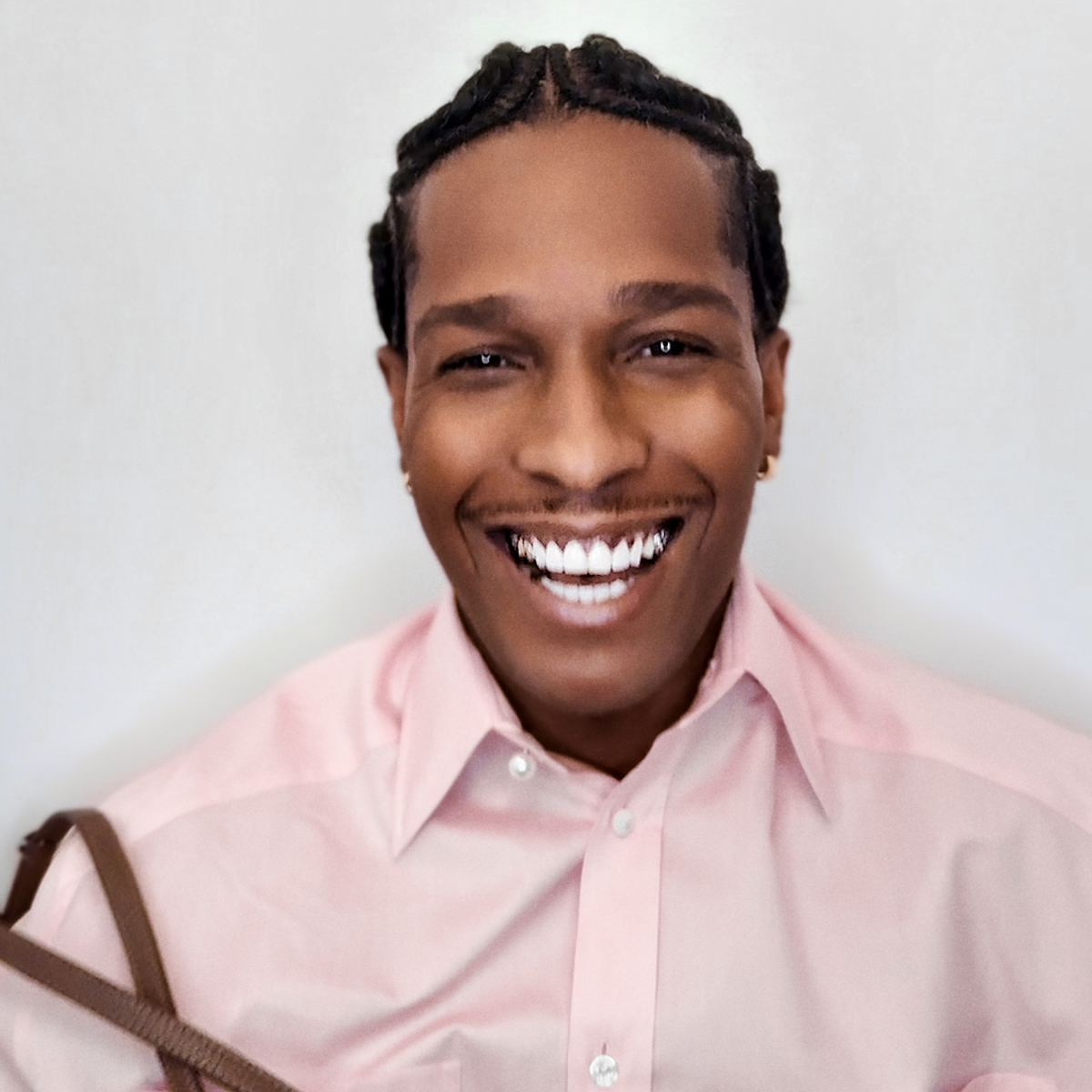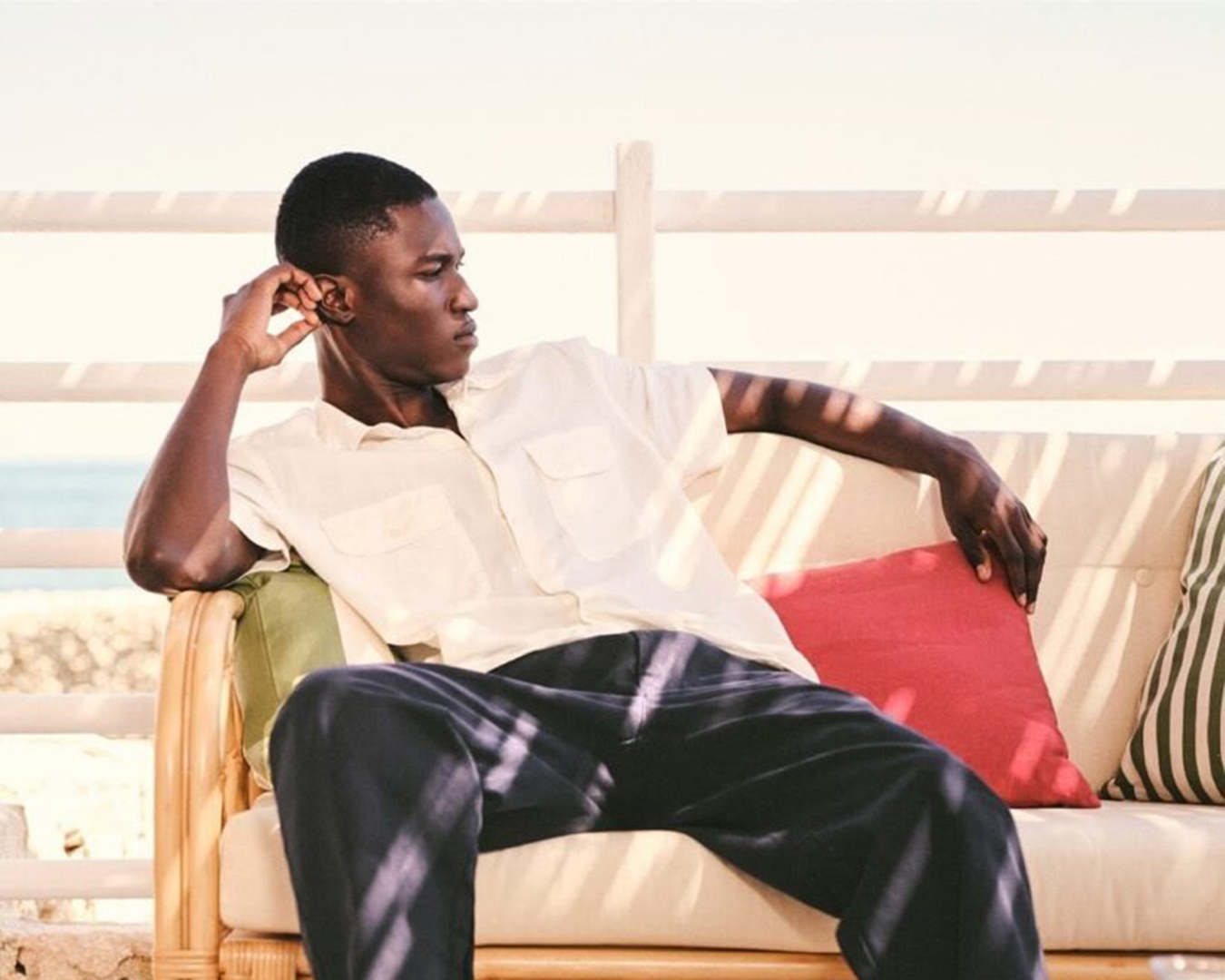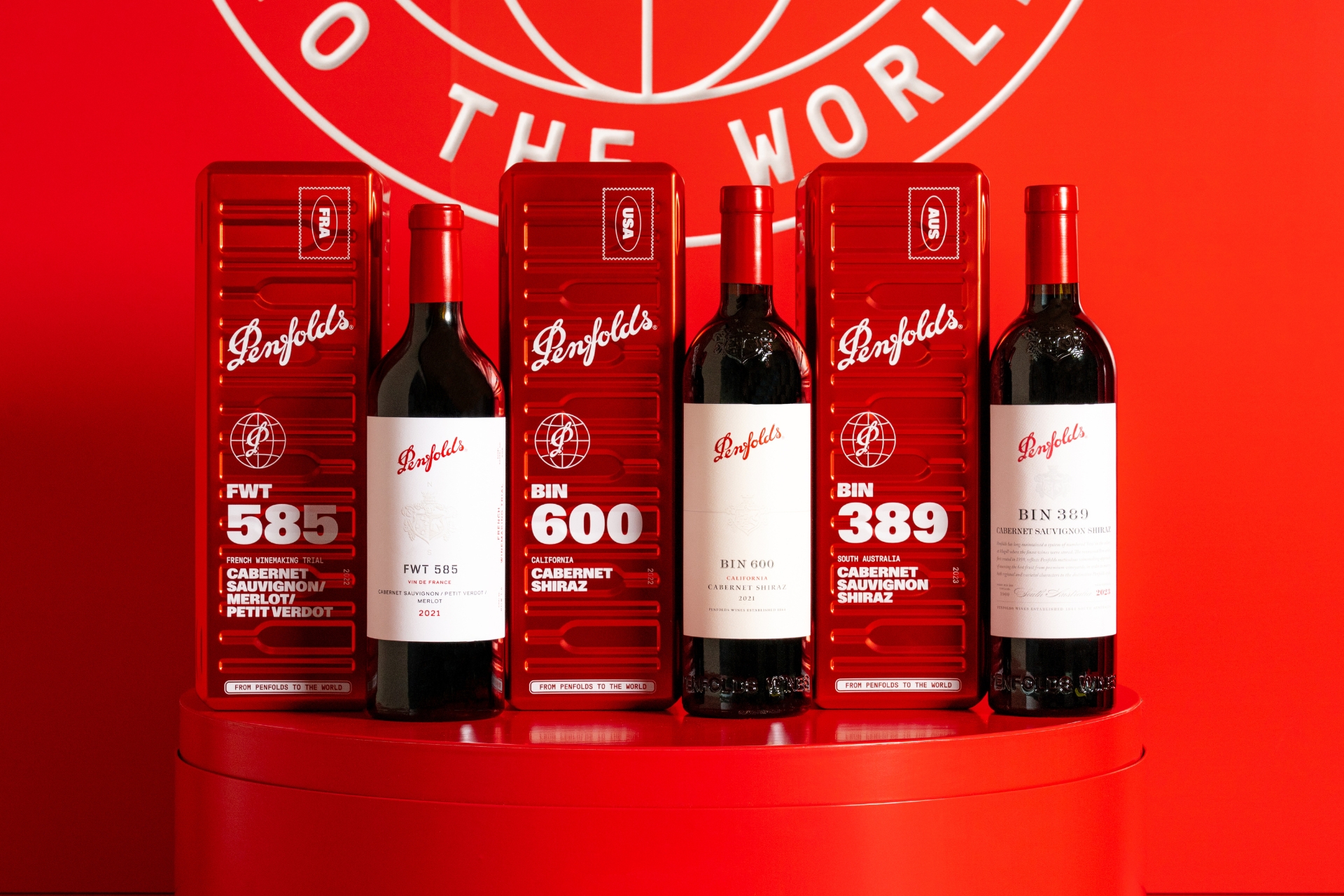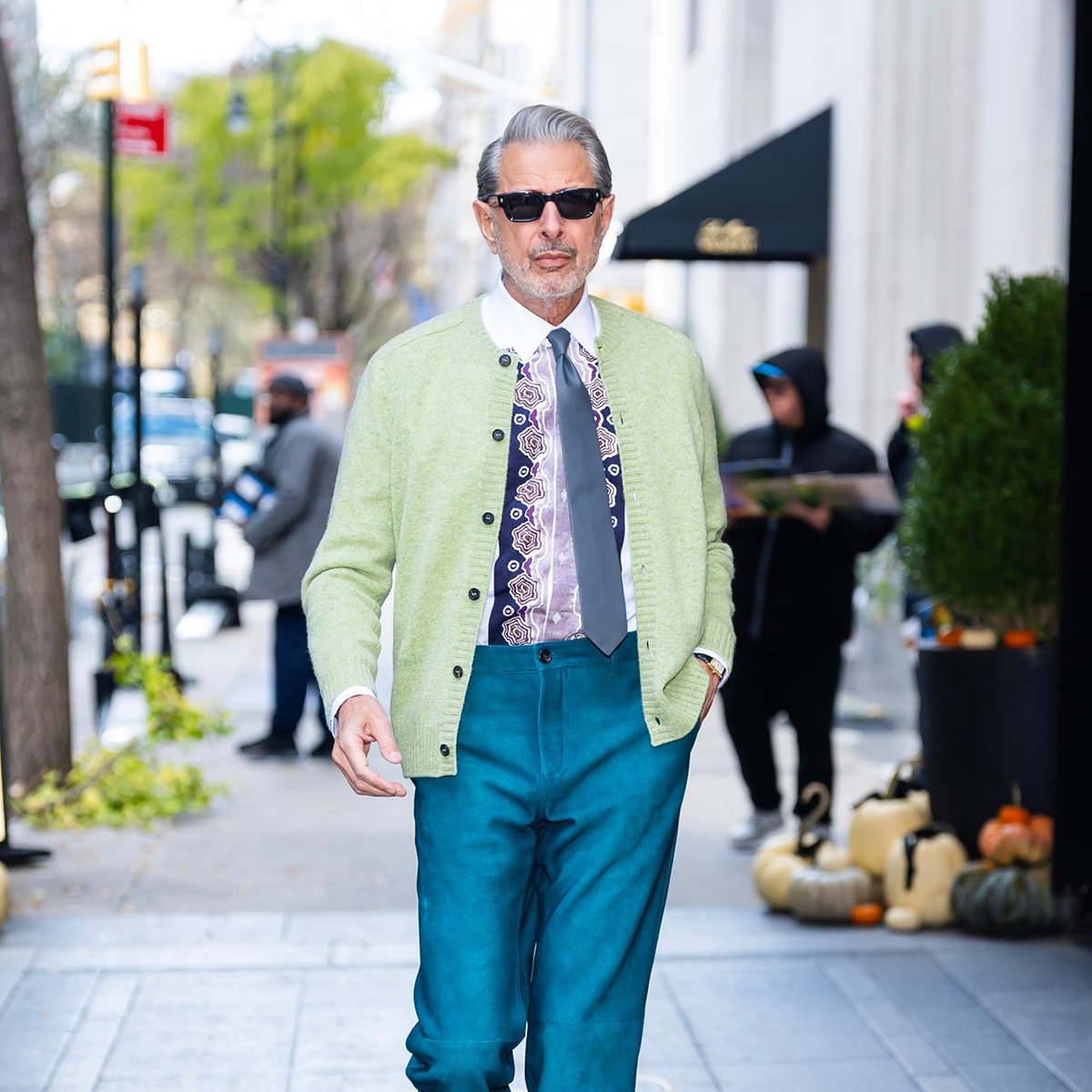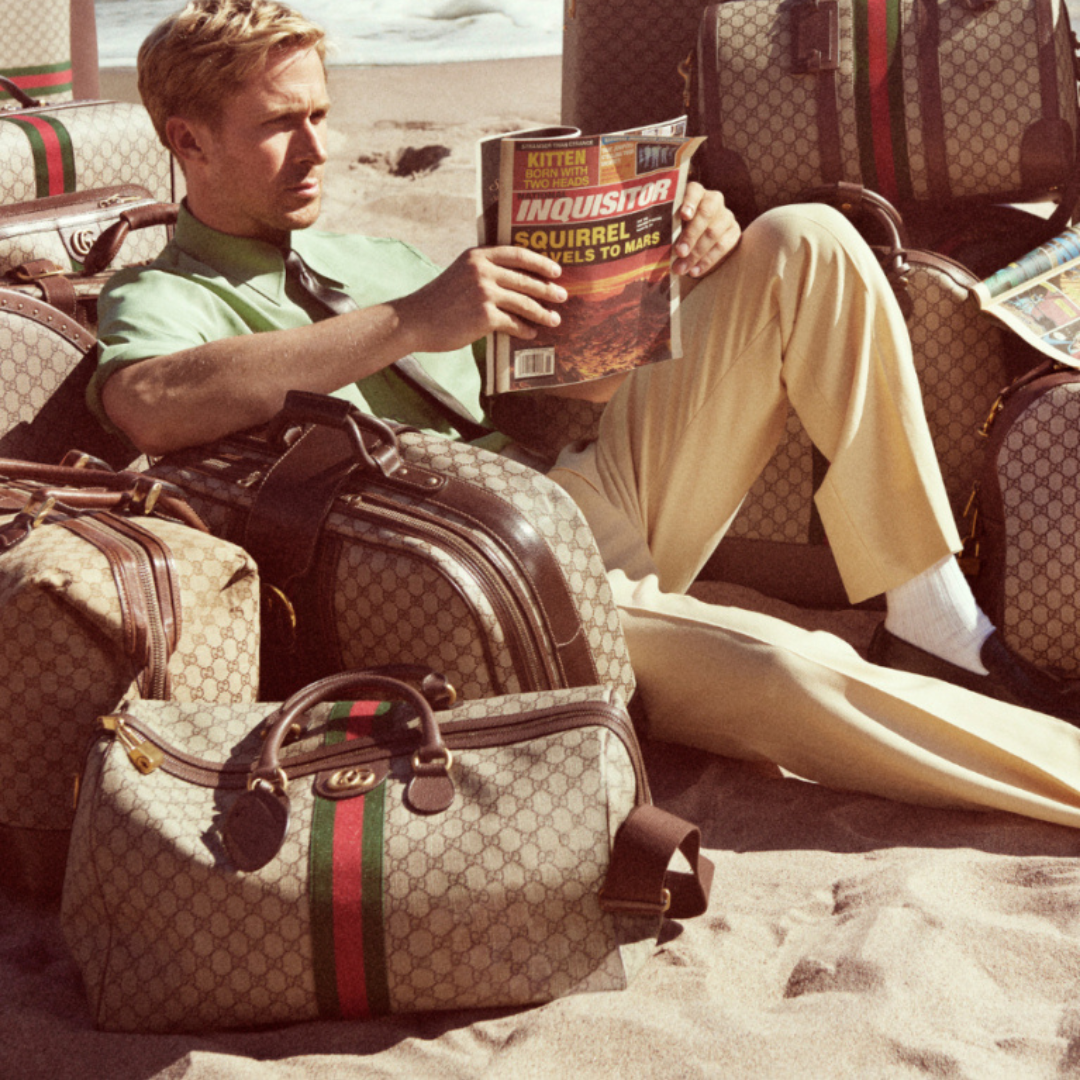New Wave: 3 emerging Australian menswear designers you need to know
A new class of contemporary local labels is reshaping Australian menswear with its impeccable taste and exacting standards for quality and fabrics. We take a look at the menswear brands to know – and wear – in 2025
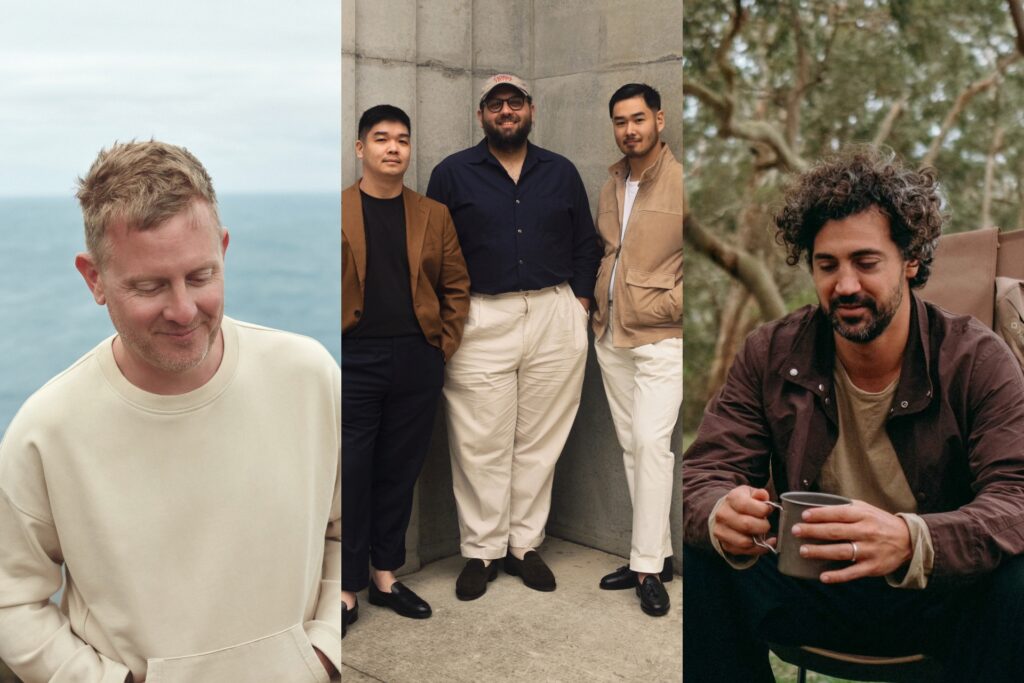
IT’S FASHION WEEK IN SYDNEY. May. I take my front-row seat at one of the hotly anticipated womenswear shows, one that I have no business attending as a men’s fashion writer. My seatmate soon arrives, a woman with a slick, trendy haircut and small sunglasses that remain on for the duration of the show, and who after a few minutes of fashion-week small talk poses a puzzler: “What does Australian menswear look like?” The lights dim before I can answer.
Had I been able to organise my thoughts quickly enough, what would I have liked to have said? This, perhaps: that a new wave of Australian menswear is unfolding. These brands are neither the colourful Australiana that placed the country on the global fashion map, nor do they have the obvious markings of rugged outback attire co-opted for air-conditioned corporate offices. Unlike menswear that has previously subsisted on vibe alone, what these brands offer is a solution to the riddle of how Australian men might dress – unique to our built and natural environments. Excitingly, they’re shaping the taste of what Australian men buy and wear today.
And if nothing else, with their exacting standards for quality and sophisticated fabrication, these are brands that are worth your hard-earned money.
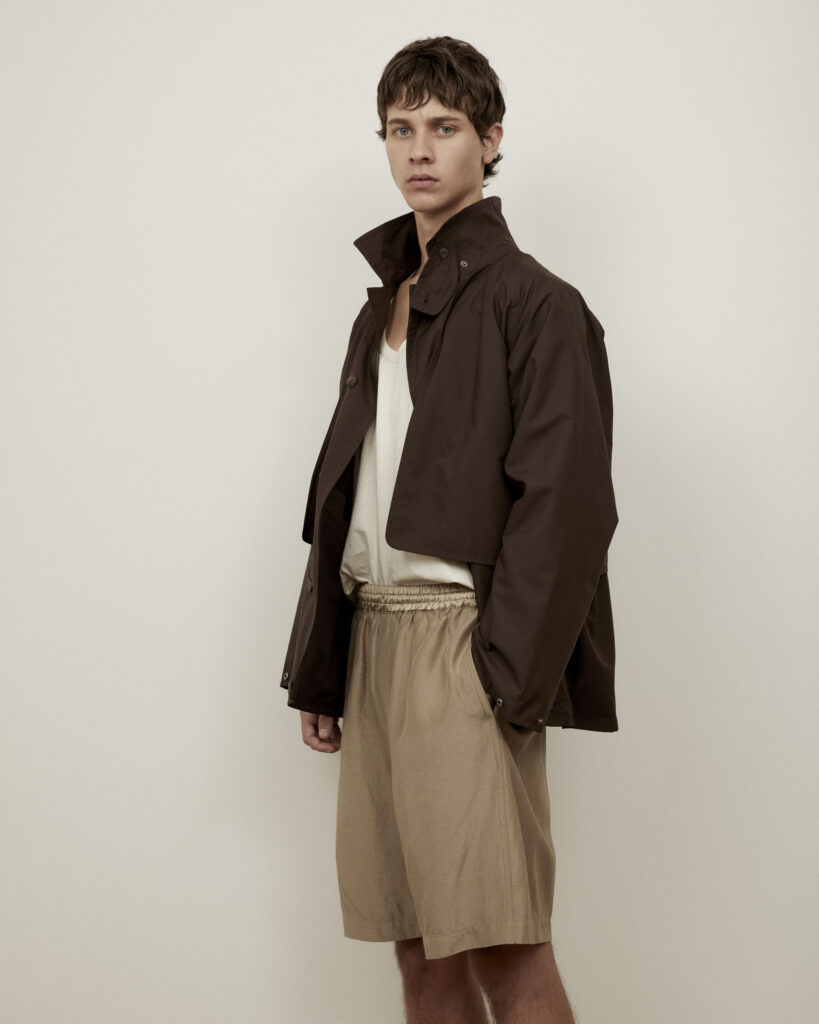
Morrow
Clothes for the boardroom to the bush
Almost every Friday afternoon, Ryan Morrow would pack up his car after work at the P. Johnson office in Sydney’s Paddington and head west to the Blue Mountains with friends for camping. But as the scenery around him changed from narrow, leafy streets to tall, dense eucalyptus trees, the tailored suits he’d leave work in didn’t quite fit the transition. It got him thinking: How can I create clothes to connect these two environments? A simple-enough question – though one that few have been able to answer as neatly as Morrow’s namesake label.
Leaving behind a decade of designing for other local labels, Morrow soft-launched his brand this past June on one of the coldest nights of the year. The capsule collection consisted of wardrobe staples familiar to anyone interested in the outdoors but who lives in the city: anoraks, collared shirts, canvas trousers and jackets in earthy neutrals. But it was the fabrics that felt like a revelation.
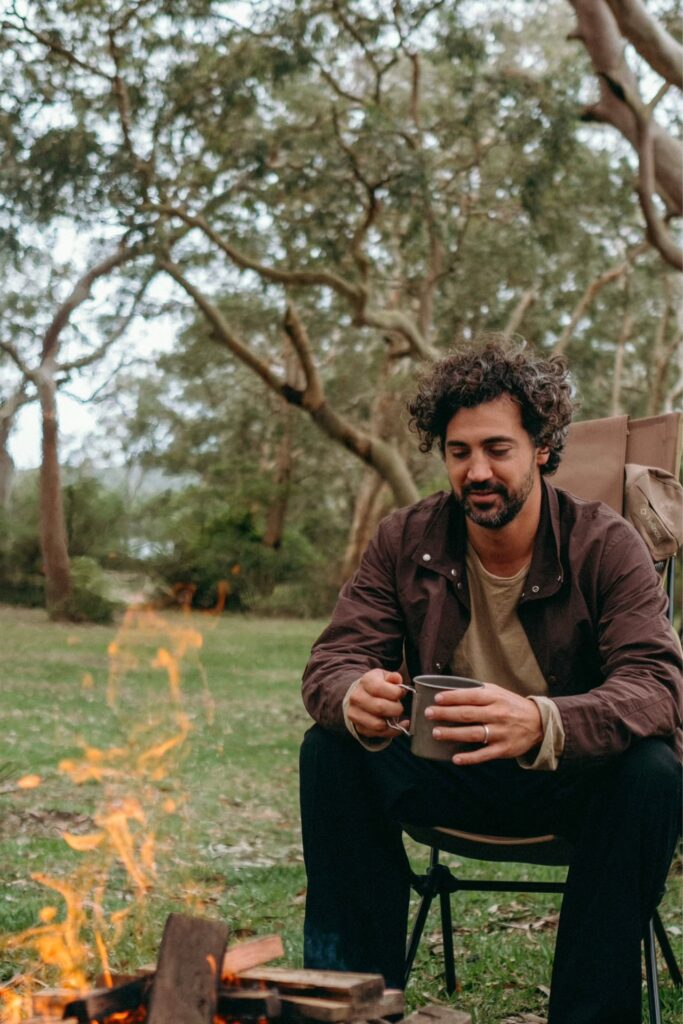
One product he’s especially proud of is the Dry Jacket, an outerwear shell developed to slice water without the need for a heavy wax coating. It’s so elegantly cut out of recycled Japanese polyester that its drape makes a performatively hardy shell wilt. I’d go so far as to say it’s Australia’s answer to the Barbour jacket. “When you put on a heavy wax cotton jacket, you’re quite aware of it when in an urban environment,” Morrow says, “whereas this technical fabric has a softness and functions in both urban and natural environments.
“I grew up around a certain surf-and-skate culture, and there was very much this nonchalance to the way you carried yourself . . . I try to design [with] a nonchalance and an ease to things.” While that informs the brand’s MO, if you’d like to see the usually mellow Morrow fire up, ask him what he has planned next.
In his brand book is a mention of “objects” that he speaks vaguely about for now, but I can tell he’s smiling through the call. “I think part of my love for this way of living is treating clothes like equipment and then wondering how we can bring [objects] into this thinking.”
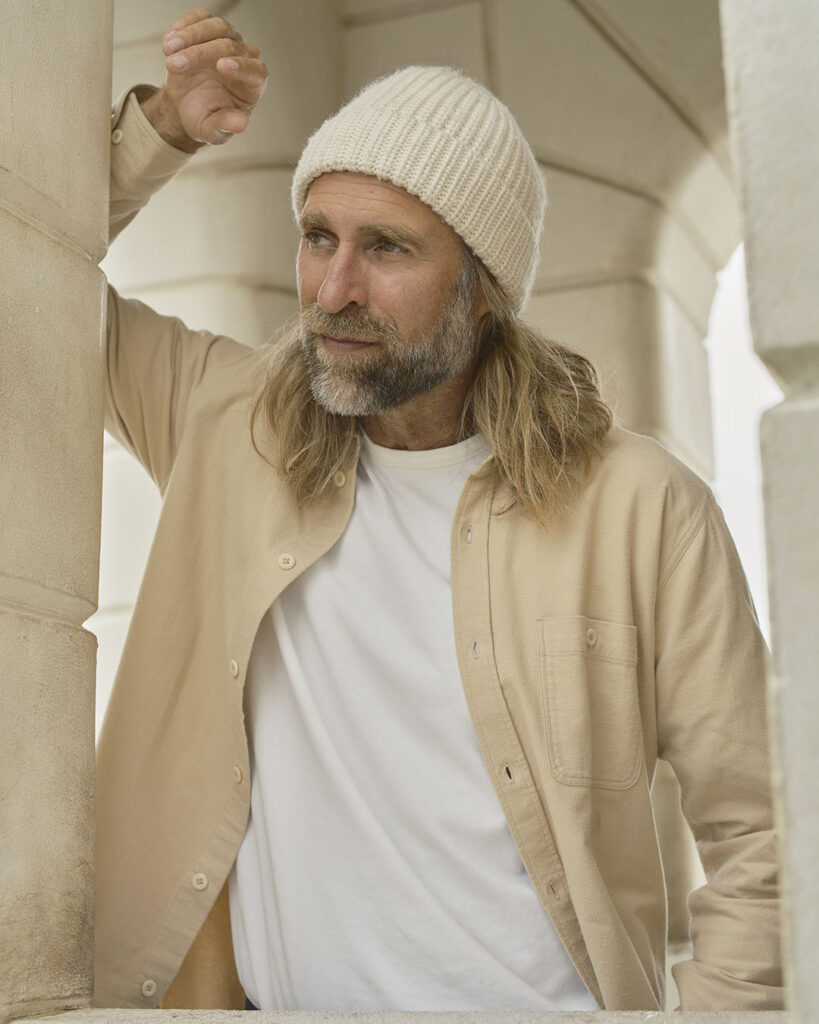
Kerrin
Clothes that are reinventing heritage
Where the Kerrin brand comes most alive is, curiously, on the website’s ‘Journal’ section, populated with blog posts titled with academic rigour like ‘The Anatomy of a Zip’ or ‘A Natural History of the Corozo Button’. Each entry dissects these ‘trims’ that founder and designer Kerrin Schuppan sources himself and takes to his manufacturers across Europe and Australia. What started as a way for the Melbourne-based designer to keep a direct line with his international suppliers has become something that his customers have come to appreciate.
“It’s taking a commodity and turning it into something that has some love, some story and a process around it,” Schuppan says. And as he reveals, happily, they’re written by his wife, Miranda, a former journalist at The Age.
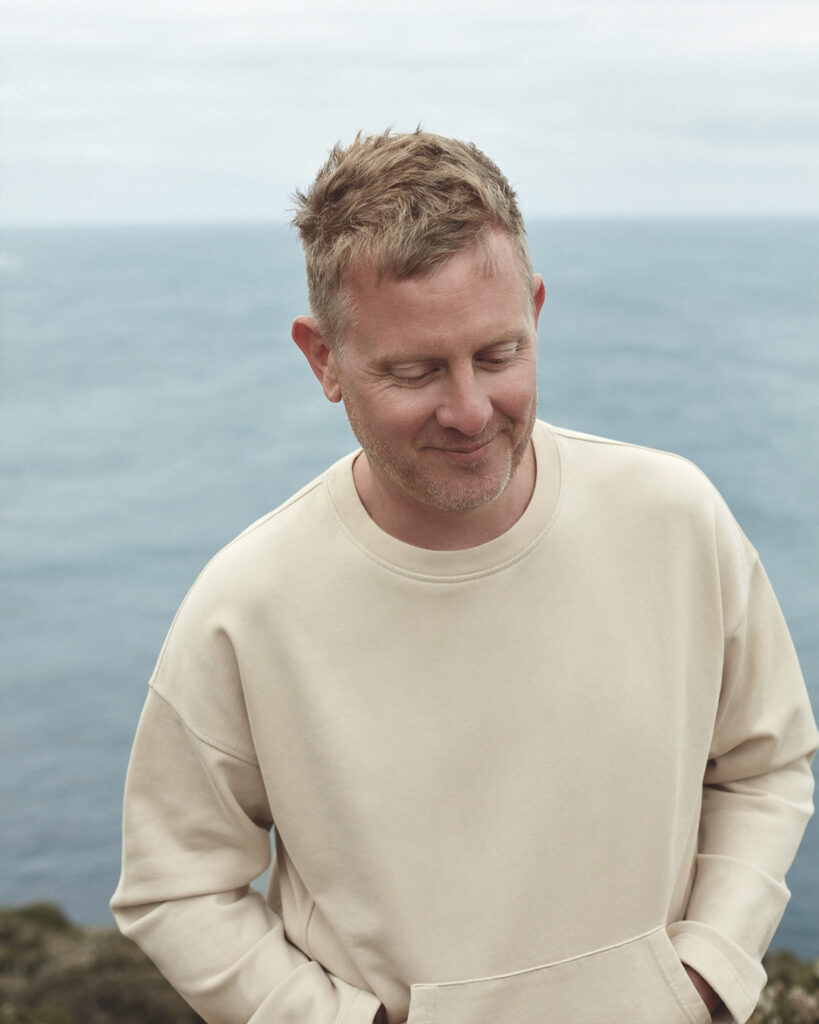
Schuppan started the brand after spending 15 years as Country Road’s head of menswear, launching it just before the COVID lockdowns. He designs a tight collection each season, the past three of which he’s presented at his stand at Pitti Uomo in Florence, Italy. Between the utilitarian overshirt, crisp ‘flannie’, stoic deck shorts and elegant swim shorts, Schuppan has devised a clever system of lightweight dressing, with pieces that can be worn layered or mixed and matched seamlessly. It’s an innately Australian way of dressing that’s gained the brand traction at the Italian trade show.
“They could appreciate that philosophy because pieces I would do here for winter work really well for their spring,” Schuppan says.
It isn’t a uniform, per se, that Schuppan is pushing. Rather, his clothes are grounded in a wish to take Australian heritage pieces and innovate them. The ‘flannie’, for instance, is made out of 100 per cent woven Japanese cotton flannel and fastened with porous Corozo buttons, dyed to match the shirt’s solid colour. A bestseller, this minimalist take is canonised in the “Aussie ‘flannie’ tradition”, as Schuppan’s wife writes in the product description.
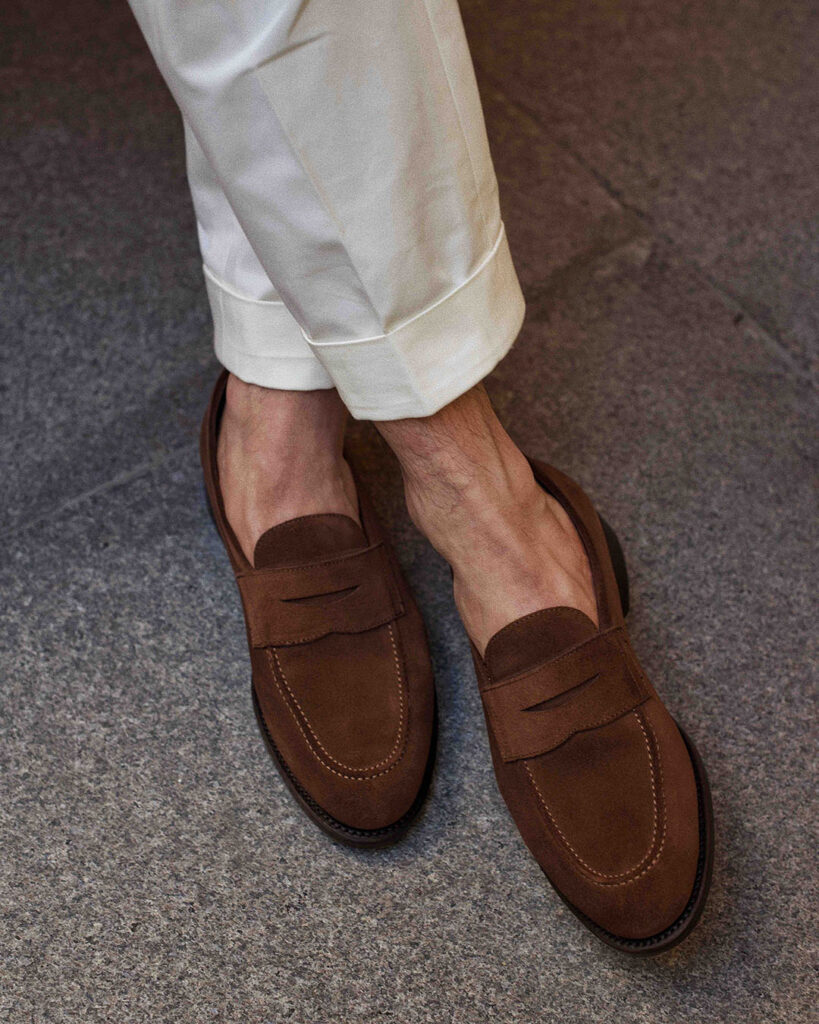
Etymology
Architecturally made footwear
A cosign from ‘the menswear guy’ on X (aka @dieworkwear’s Derek Guy) is the ultimate stamp of approval for a small menswear brand. So, when Guy included Sydney-based shoemaker Etymology in a round-up of things he “saw recently that I think are cool”, traffic on the brand’s Shopify and Instagram accounts spiked. “It was ludicrous,” says co-founder William Phung, who’s in charge of branding. “We essentially had half a year of sales in the span of a month.” “And we probably could’ve seen more [sales] if we’d had stock,” adds Gabriel Abi-Saab, Etymology’s creative director.
Before the sudden attention, Abi-Saab, Phung and his younger brother, Albert, who handles the finances and operations, started the brand in 2023 with a shared desire to create shoes for the Australian man who appreciates a thoughtfully made product. That MO obviously appealed to someone like Guy, who is omnipresent in the nerdy menswear circles in which William Phung and Abi-Saab met. The trio of founders has kept on that humble path, only now it seems to have widened.
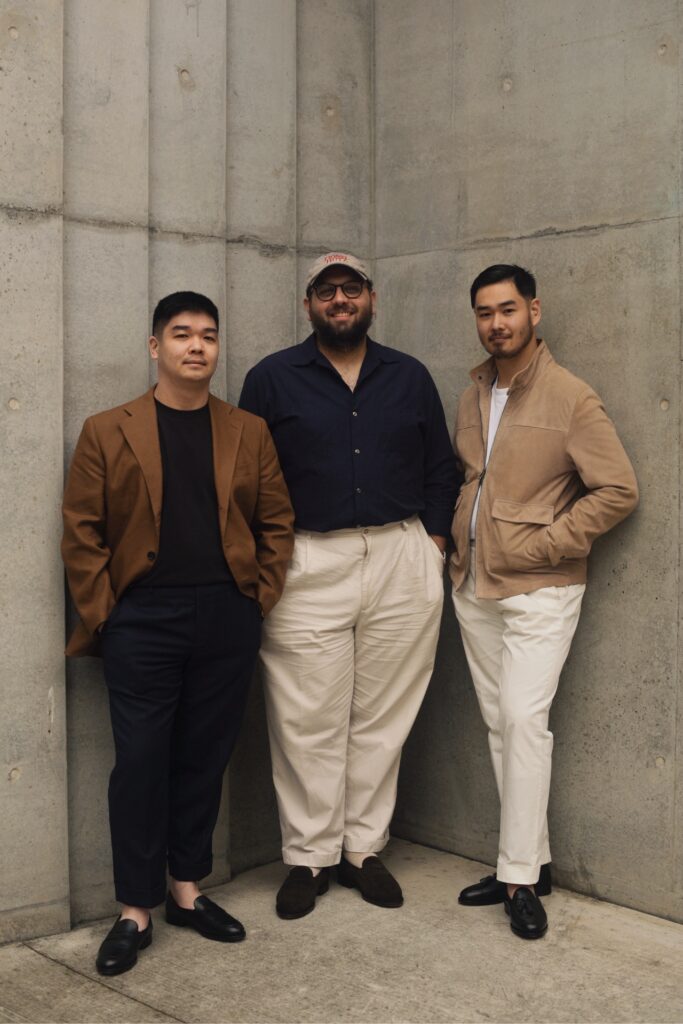
Their shot at fame was their Ito penny loafer, featuring a smooth almond-shaped toe that cuts a sharper silhouette than your average loafer. The feel is cosmopolitan and modern, sensibilities that inform Abi-Saab’s design approach of updating classic styles to suit the trio’s shared minimalist taste. When asked about inspirations, Abi-Saab and Phung name-check the late Jørn Utzon, the Danish architect behind the Sydney Opera House. “Our shoes ultimately exist in the real world, and we wanted to contextualise them in this philosophy that form follows function,” says Phung. “It’s about creating meaningful objects of design that people can enjoy and will endure for years to come.”
As they prepare more stock, working closely with a family-owned manufacturer in Almansa, Spain to feed their international demand, Abi-Saab says that success has put Etymology in a position to experiment. “Materials, shapes, silhouettes, we want to get that footwear element right,” he says. What you won’t see? Monk straps. “I’m not a monk strap kind of guy,” he says. “I hope I don’t offend, but I’m not a real estate agent. If it’s a design or a style I don’t wear myself, I’m not making it.”
This story appears in the September 2025 issue of Esquire Australia with the title “New Wave”, on sale now. Find out where to buy the issue here.
Related:




